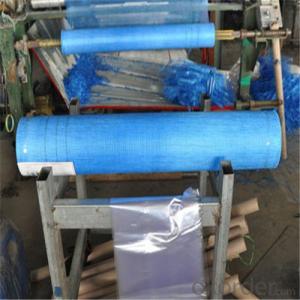Fiberglass Protective Clothing: The Shield in Hazardous Environments
When it comes to hazardous environments, safety is paramount. The choice of protective gear can be the difference between a safe workday and a life-altering accident. One of the most reliable forms of protection is fiberglass protective clothing. This article will delve into the world of fiberglass, its benefits, and how it serves as a shield for those working in dangerous conditions.
The Essence of Fiberglass
Fiberglass, a composite material made from fine fibers of glass, is renowned for its strength and durability. It is lightweight yet incredibly strong, making it an ideal material for protective clothing. The fibers are woven together to create a fabric that is resistant to a wide range of hazards, including heat, chemicals, and electricity.
A Stitch in Time
The construction of fiberglass protective clothing is meticulous. Each stitch is carefully placed to ensure maximum coverage and protection. The seams are sealed to prevent any potential hazards from penetrating through the clothing. This attention to detail is what makes fiberglass clothing a reliable choice for those who need it most.
The Versatility of Fiberglass
Fiberglass protective clothing is not just limited to a single type of hazard. Its versatility is one of its greatest assets. Whether you’re working with corrosive chemicals, extreme temperatures, or exposed to electrical currents, fiberglass clothing can provide the necessary protection. It’s like having a Swiss Army knife for your safety needs.
Comfort in the Face of Danger
Despite its robustness, fiberglass protective clothing is designed with comfort in mind. The material is breathable, allowing for air circulation to keep the wearer cool and comfortable, even in the most intense conditions. This is a crucial feature, as comfort can often be the difference between maintaining focus and suffering from fatigue or distraction.
The Science Behind the Shield
The science behind fiberglass protective clothing is fascinating. It involves understanding the properties of glass fibers and how they interact with different types of hazards. The clothing is treated with special coatings and finishes to enhance its protective qualities. This scientific approach ensures that the clothing is not just a barrier but an active participant in safeguarding the wearer.
A Testimonial to Trust
Many workers who have experienced the benefits of fiberglass protective clothing have shared their stories. Their testimonials are a testament to the effectiveness and reliability of this type of gear. Hearing about how it has saved lives and prevented injuries adds a personal touch to the narrative, making the science and engineering behind the clothing all the more compelling.
The Future of Fiberglass Protective Clothing
As technology advances, so does the development of protective clothing. Researchers are constantly looking for ways to improve the durability, comfort, and protection offered by fiberglass clothing. Innovations such as nanotechnology and smart materials are being integrated into the fabric to create an even more effective shield for workers.
The Human Element
While the technology and science behind fiberglass protective clothing are impressive, it’s important to remember the human element. The clothing is designed to protect people, and it’s the people who give it purpose and meaning. The stories of those who have been protected by this gear are a reminder of why we strive for better, safer working conditions.
Conclusion
Fiberglass protective clothing is more than just a piece of gear; it’s a guardian angel for those who work in hazardous environments. It’s a testament to human ingenuity and our relentless pursuit of safety. As we look to the future, we can be confident that this shield will continue to evolve, offering even greater protection to those who need it most. So, the next time you see someone in fiberglass protective clothing, remember that it’s not just a uniform; it’s a symbol of our commitment to safety and our dedication to innovation.

